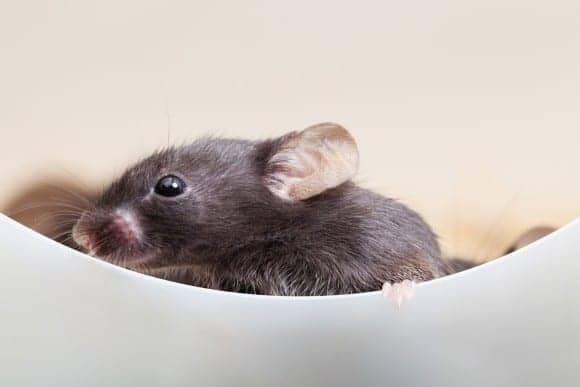In a new paper published in Molecular Biology and Evolution, researchers from the National Council of Scientific and Technological Research (CONICET), in Buenos Aires, Argentina have identified two genes involved in mammalian inner ear evolution, according to a summary on the Science Daily website.
The researchers concentrated on the inner ear and found that both inner and outer hair cells went through gene adaptive evolution, which may have led to the “highly specialized cytoskeleton” present in outer hair cells. In mouse studies, they discovered two new inner ear genes: STRIP2 (from Striatin Interacting Protein 2) and ABLIM2 (Actin Binding LIM domain 2). They found that STRIP2 may play a role in the synapse between inner hair cells and nerve fibers, while ABLIM2 is not believed to affect cochlear amplification or auditory nerve function, according to the article.
To read the article in its entirety, please visit the Science Daily website here.
Original Paper: Pisciottano F, Cinalli AR, Stopiello M, et al. Inner ear genes underwent positive selection and adaptation in the mammalian lineage. Molecular Biology and Evolution. 2019. DOI: 10.1093/molbev/msz077
Source: Science Daily, Molecular Biology and Evolution





